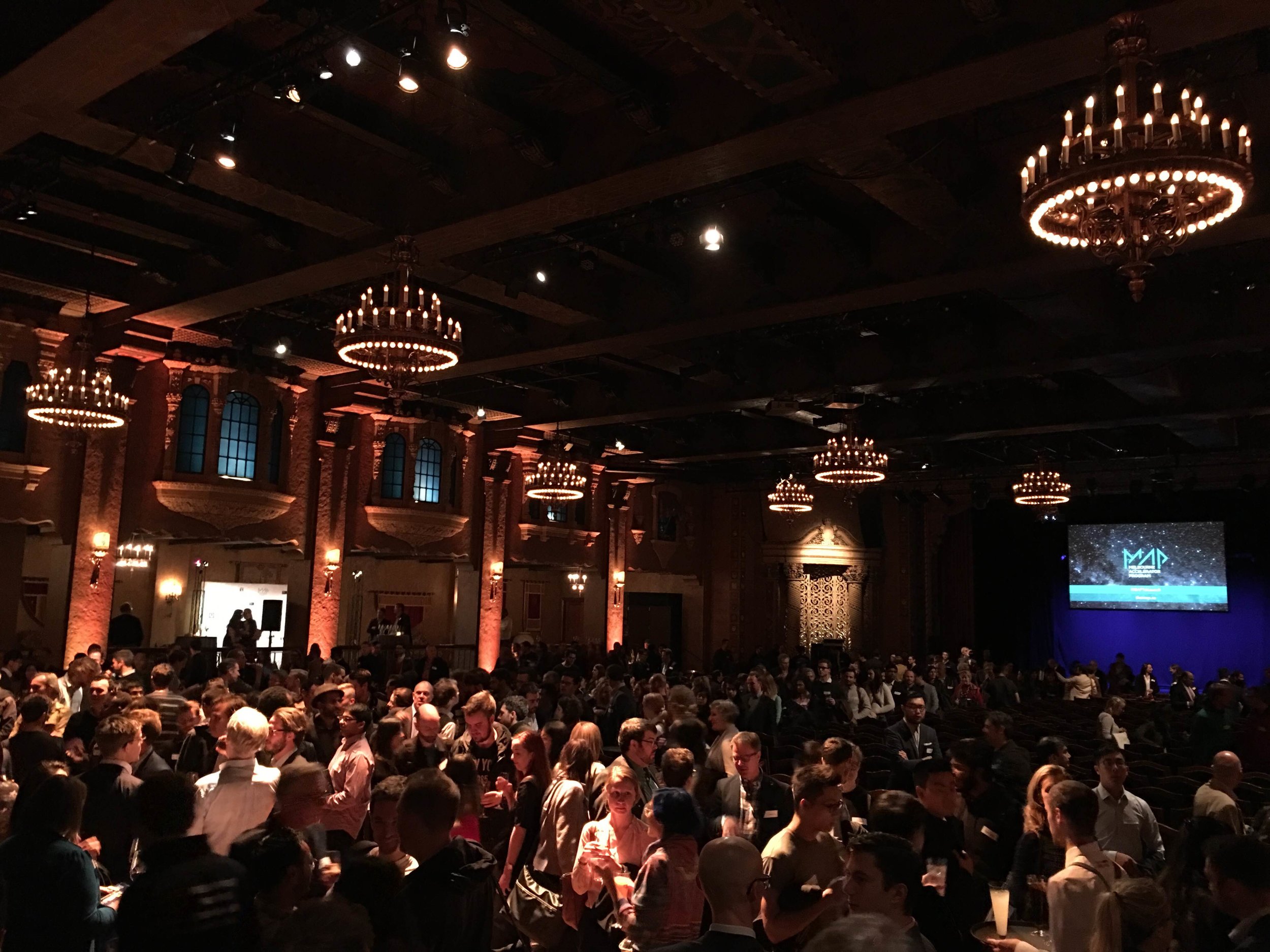This week: AMA Queensland's Junior Doctor Conference
Coming up this weekend is AMA Queensland’s annual Junior Doctor Conference.
There will be many sessions available to help boost your career and friendships in Medicine, whether you’re from Queensland or interstate; working as a doctor, or as a medical student.
I’m looking forward to Chairing the Tech in Medicine panel on Sunday; we’ve been busy preparing and rehearsing our questions and sessions, and I’m excited to see the other sessions, too!
There is tons on Career Planning; variations on this year’s theme of Crossroads, including Alternate Career Paths in Medicine; how to land that College place of your dreams; Clinical Skills workshops; medicolegal issues; and other current topics that junior doctors face in Australia and around the world.
Tickets are still available; there’s also a Cocktail night on the Saturday night; and you’ll get to make new friends and enjoy Brisbane while at it! Previous conferences have been fantastic for building new skills and knowledge to set you up for the wards. #whattheydontteachyouinmedschool
For the full program and tickets, please visit AMA Queensland’s website.








